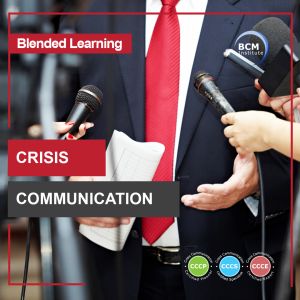Part 1: Introduction to Crisis Communication Plan

This is the introductory chapter for the Crisis Communication plan. It is important to note that this document is written to be an "executable" document. An alternative will be to include the entire crisis communcication program into this document which is not recommended. The organisation do not need to have its policies, framework guidelines kept in this document as it is deemed as "peacetime" requirement.
Part 1: Introduction to Crisis Communication Plan

A Crisis Communication Plan is a vital part of the Crisis Management Team’s (CMT) crisis response during incidents, emergencies, and crises. An organization’s continued success is largely reliant upon its reputation, and an effective Crisis Communication Plan is the answer to any reputational crisis. It is an assertion of an organization’s message on what has happened, how the crisis was handled, and what is being done to make things better.
An elaborate Crisis Communication Plan, properly integrated with the crisis management, emergency response and/or Business Continuity plan, and well-tested and understood by both the CMT and Crisis Communications Staff alike, can not only mean saving an organization’s reputation when it is under attack but at times, can also save lives. Thus, a Crisis Communication Plan is an essential part of any organization.
Threats and Crisis Scenario

Businesses must be prepared to deal with the following:
- Natural
- Technological
- Confrontation
- Malevolence
- Organizational Misdeeds
- Skewed Management Values
- Deception
- Management Misconduct
- Workplace Violence
- Rumors
- Lack of Funds
- Due to Natural Factors
[1] Threats: Natural and Technology
- Natural disasters such as fire, flood or epidemic
- Major interruption of electricity or telecommunications
[2] Crisis Scenario
- Civil unrest or demonstrations
- Kidnap, extortion, murder, explosions, threats against people and property, assaults on staff and damage to property.
- Industrial action
- Liquidity problems.